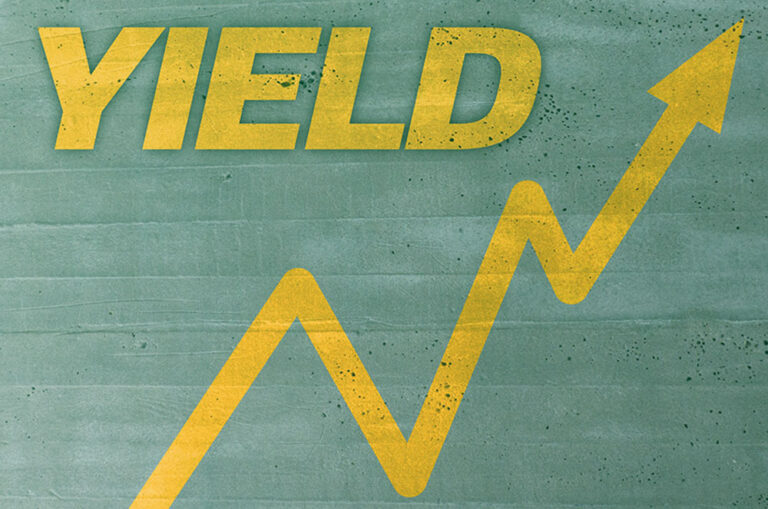
By Peter Sheahan, Director – Money Markets, Curve Securities

My passion is commentating on yield curves. Outright levels, positive slope, inverted slope and momentum of bull/bear flatteners, bull/bear steepeners and inverters are all daily talking points.
The transition between the current profile and the emerging one is where the fun lies. The transition period can involve a very damaging period of reputational risk and angst, but reversion to the long-term direction is usually supported by a compelling macro-economic narrative.
Exhaustive gaps are recognisable as a defining pivot moment. Intuitively, interest rate markets are weakest at their strongest point and strongest at their weakest point. This is what peaks and troughs in charts are signalling. The demand/supply ratios are signalling a substantive tilt and the narrative should pre-empt this trend change; however, this is rarely the case.
The key emerging influences can be lost amongst the chorus of the stale narrative. This is currently happening in interest rate markets. The US yield curve and the individual 2yr and 10 yr Treasury yields and spread relationship offer the baseline for financial conditions.
Also read: Money Market Funds: Poised to Fuel a 2024 Risk Asset Rally
In the last few years, the US 10 yr yield recorded its historical low of 0.31% with key drivers of QE and negative interest rates. The 2 yr bottomed at 0.10%. In the “Goldilocks” framework and what history has demonstrated so clearly, this was “too hot”.
Source: Trading Economics
Breakout inflation caused a rapid rise in US 2yr Treasuries to a restrictive profile of 5.23%, the 10’s to 5.02% all under the reference of the US FED taking their cash rate to the 5.25 – 5.50% range and continuing the hawkish message of higher for longer and further rate hikes may be required. Was this a clear “too cold” profile given the astounding outcomes last month?
November 2023 was an extraordinary month of positive returns across a wide breadth of asset classes. Index returns of between 3 – 9% have put the blowtorch on record levels of “risk off” settings, uninvested cash and short duration profiles largely unprepared for a rapid deceleration of inflation expectations and the prospect a FED pivot is a reality.
The Goldilocks “just right” range for the US 10s is possibly 3.50% to 3.80%. The key driver for this is the recent transition of the inflation narrative to disinflation. The conversation on this topic is broad, but my principal driver is the current trajectory of the global oil price. When Russia invaded Ukraine in late February 2022 oil spiked from USD 70 to 130 and global interest rates responded immediately. An almost full Fibonacci retracement to USD 72 occurred in June 2023 and the level quickly elevated back to USD 90. On the resumption of a downward trend and the prospect of breaching USD 70, it is wise to consider an imminent range of USD 50 – 70. Geopolitical tensions, and OPEC membership instability are strong supply/demand factors that might bring forward and accelerate the disflation to deflation narrative. There have been so many other deflationary gluts in the supply/demand equation of many commodities during 2023 ie…protein price falls via cattle, sheep and goats together with soft commodities weakness in wheat, corn & soybeans, balanced out with strong commensurate gains in sugar and cocoa.
Spread analysis of US 2/10s is worthy of comment. In the path toward restrictive monetary policy the spread rose to 108 bpts back in July as the front end hyperextended its inversion, racing higher and leading long rates to an eventual peak level of 5.00% with the spread contracting to +16bpts as both rates settled at period high yields.
In the vortex of an exhaustive gap, the long end retraced first and extended the spread to +50 bpts on the way down, but the 2s have sprinted lower recognising the FED pivot as well. The spread ended Friday at 34 bpts as the 2s mirror the same conviction of disinflationary forces and display the same short covering instincts. The unforgiving forces of a “secular bull market”, where retracements are shallow are widespread. Each day an avalanche of new buyers support the trend with urgent immediacy as FOMO purveys the hell storm.
“Risk On” may last until the US election hiatus takes hold 6 months before the election. Political risk and policy uncertainty will dominate the decision processes by about May 2024.































